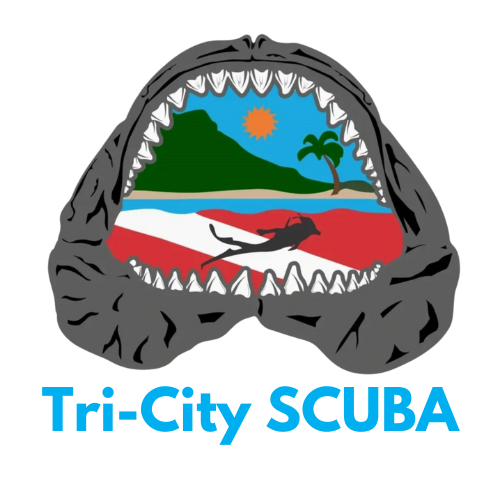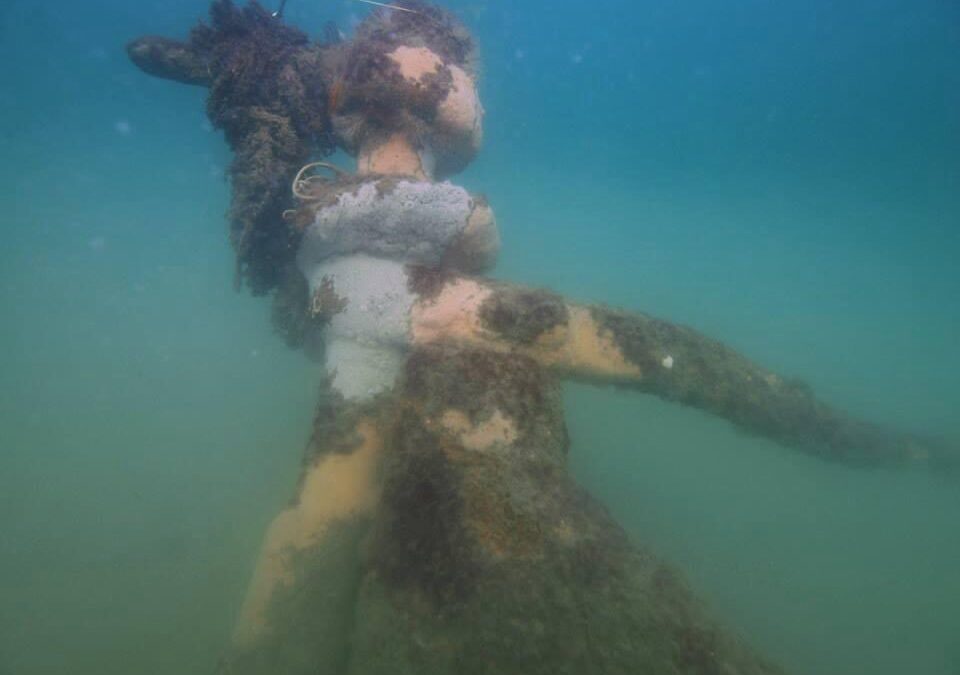When most divers think of wreck diving, they picture deep water, long boat rides, and tightly scheduled charters. But along the shores of Kill Devil Hills and Nags Head, North Carolina, you’ll find a pair of historically rich wrecks—accessible right from the beach—that offer relaxed, rewarding dives with minimal hassle.
We caught up with local diver Aaron Weese, who knows these sites like an old friend. He offered practical tips, insider knowledge, and a few thoughts on why these wrecks still matter.
🌊 Why These Wrecks?
“Really, it was because I lived there part of the year and wanted a change of scenery and a chill shallow dive after working the dive boat all day. Also, it’s kinda cool to do a dive then rejoin the family on the beach for a fun beach day.”
That balance—between underwater exploration and surface simplicity—is what makes these sites special. A solid dive, then right back to the beach towel? That’s a win.
⚓ What Makes These Sites Unique?
“First, I would say the history. In the case of the Triangle Wrecks… it’s pretty cool that two ships wrecked on the same spot, years apart. Also, they’re a relaxed shore entry with a short-ish swim out to them.”
The USS Huron—an 1870’s Navy gunboat—and the Triangle Wrecks (the Kyzikes and Carl Gerhard) aren’t just dive sites. They’re part of the maritime soul of the Outer Banks.
🧰 Gear & Setup Tips
“These can usually be dove in the summer. Even though the water can get bathtub warm, I still recommend at least a 3mm full wetsuit—wrecks do have sharp stuff. For gear, a simple single tank setup, keeping it as light as possible (no crazy big steel tanks) because you have to enter/exit the surf and walk across the beach. A reel is a good idea as well. For solo divers, I always recommend redundant breathing gas, but given these wrecks are a max depth of 20–25 feet, use your best judgment.”
It’s about mobility, not over-prepping. The dive itself is easy-going—your gear should match that energy.
🕒 When to Dive
“Entry at slack tide is always best. I usually have my best dives mid-morning during a high pressure weather system in the summer months.”
Keep an eye on weather patterns and tides. This is one of those sites where the timing makes the experience.
🐟 Dive Highlights
“I find the Huron to be cool, mainly for its history—but the boiler and bow spit are highlights. On the Triangle Wrecks, the sea life is abundant—I often see nurse sharks out there.”
Expect structure and surprise—especially if you take your time and let the site reveal itself.
❗ Common Misconceptions
“That they’re hard to swim to and the visibility is always bad. Yes, you need to be in moderate shape for the walk and swim, but it’s not anything really bad. Often during the summer, visibility is 15–20 feet.”
These dives are accessible with basic fitness and the right mindset. And the viz? Better than you think.
🧭 Final Advice
“Enter the water relaxed and take your time on the swim—it’s not a race. If nice enough, set your compass west and swim underwater part of the way back. You’ll see some nice sea life and extend your dive a bit.”
That’s not just solid wreck-diving wisdom—it’s the kind of advice that fits with the deeper goal: diving that’s less about pressure and more about presence.
Planning Your Own Outer Banks Shore Dive?
Have questions or want help getting started? Reach out to our shop—we’re happy to point you to trusted locals, gear tips, and tide charts. Or tag us in your next beach-entry wreck dive—we’d love to feature your story in the next Advice from a Local.
TRY SCUBA
sessions are forming now.

